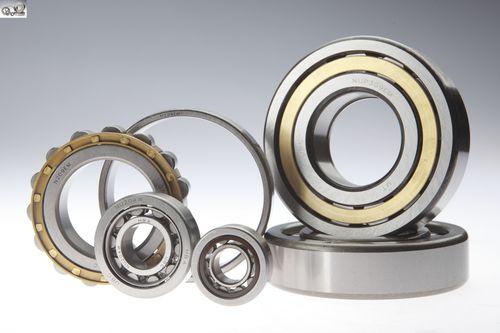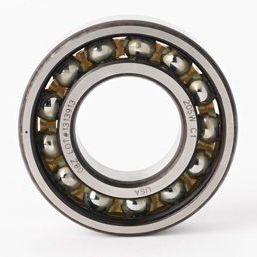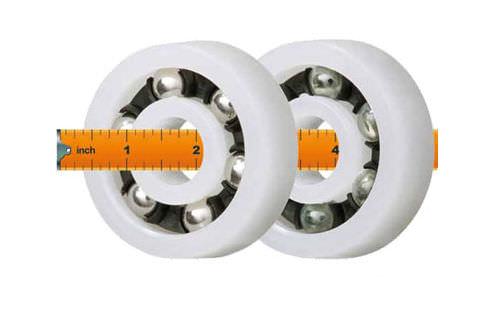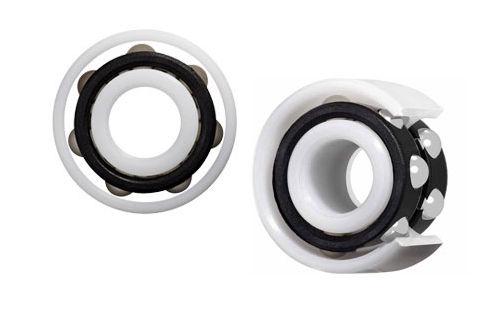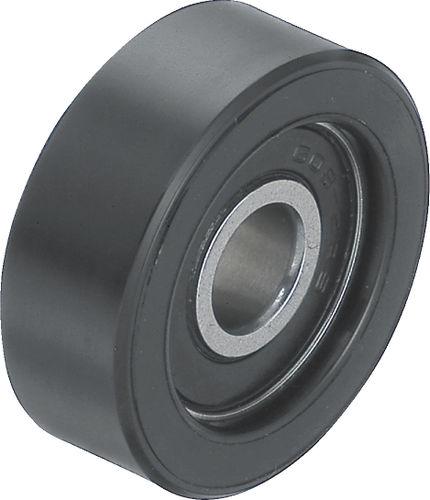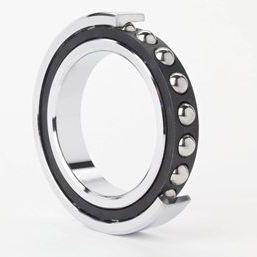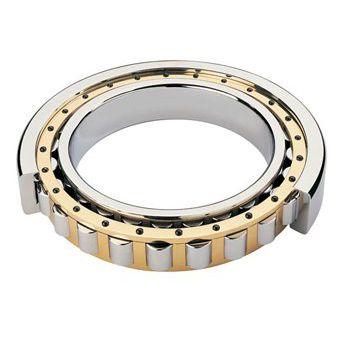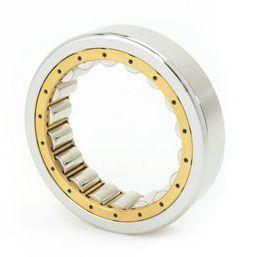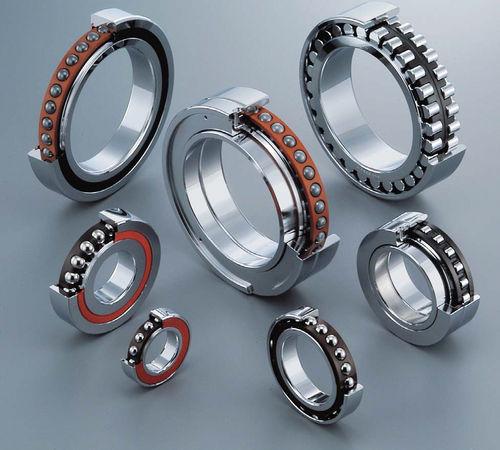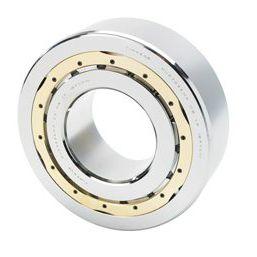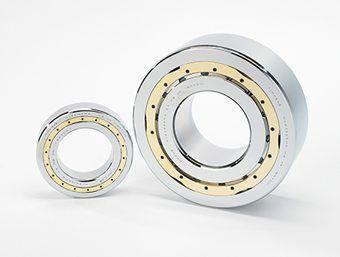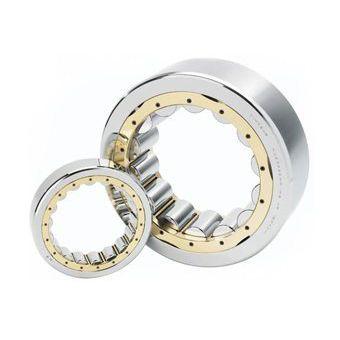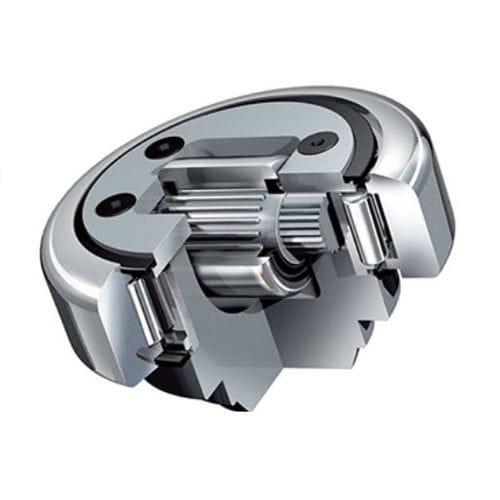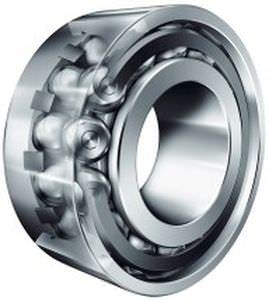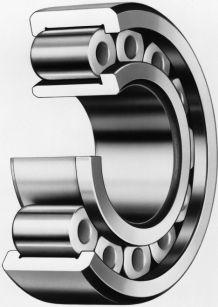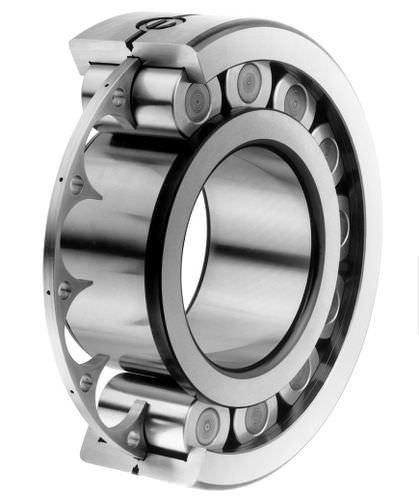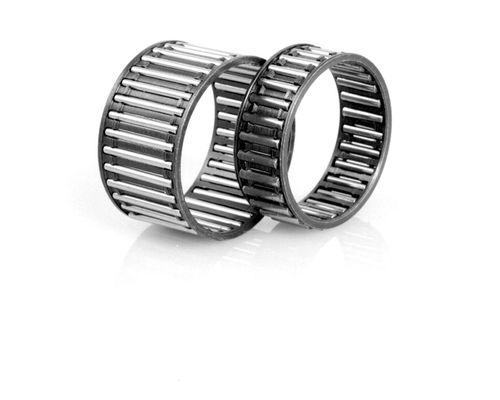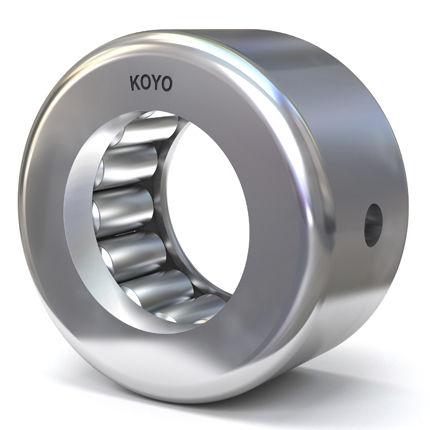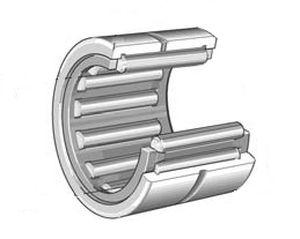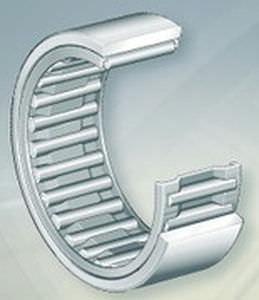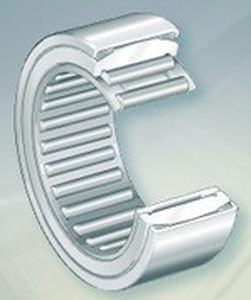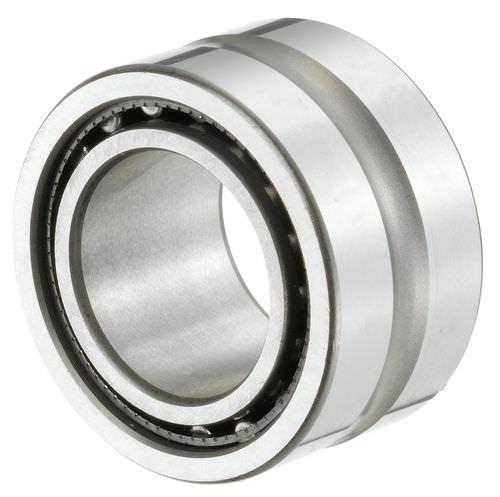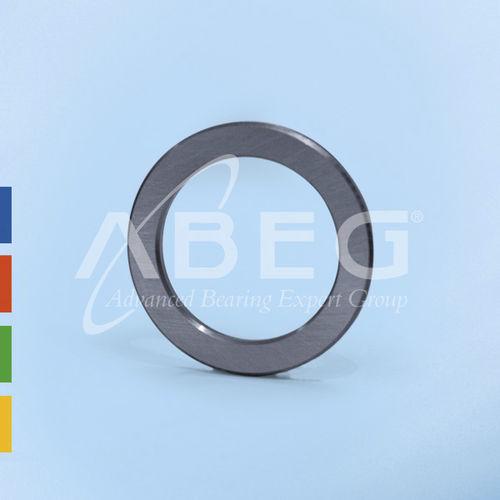-
Rolling element:
ball, roller
-
Configuration:
axial, deep groove
-
Material:
steel
A bearing is a mechanical element that reduces the friction between a shaft and the pieces connected with it thanks to the rolling elements inside, which works as a holder to transmit the loads and helps to its rotation.
The rotation elements that can be used on the production of the bearing are: balls, rollers or needles. The bearings can also be classified depending on the load’s direction they must withstand: axial, radial, or a combination or both.
The radial type is the type that withstands radial loads, which are loads on the normal direction to the axis direction that crosses its center (like a wheel); axial, if it withstands loads in the same direction of its axis (like a hinge); and axial-radial, if it withstands both.
Each bearing shows different characteristics depending on its design, making it more or less appropriated for each application.
The most common types are:
- Deep groove ball bearings
- Axial deep groove ball bearings (single or double row)
- Cylindrical roller bearings (single or double row)
- Tapered roller bearings
- Needle bearings
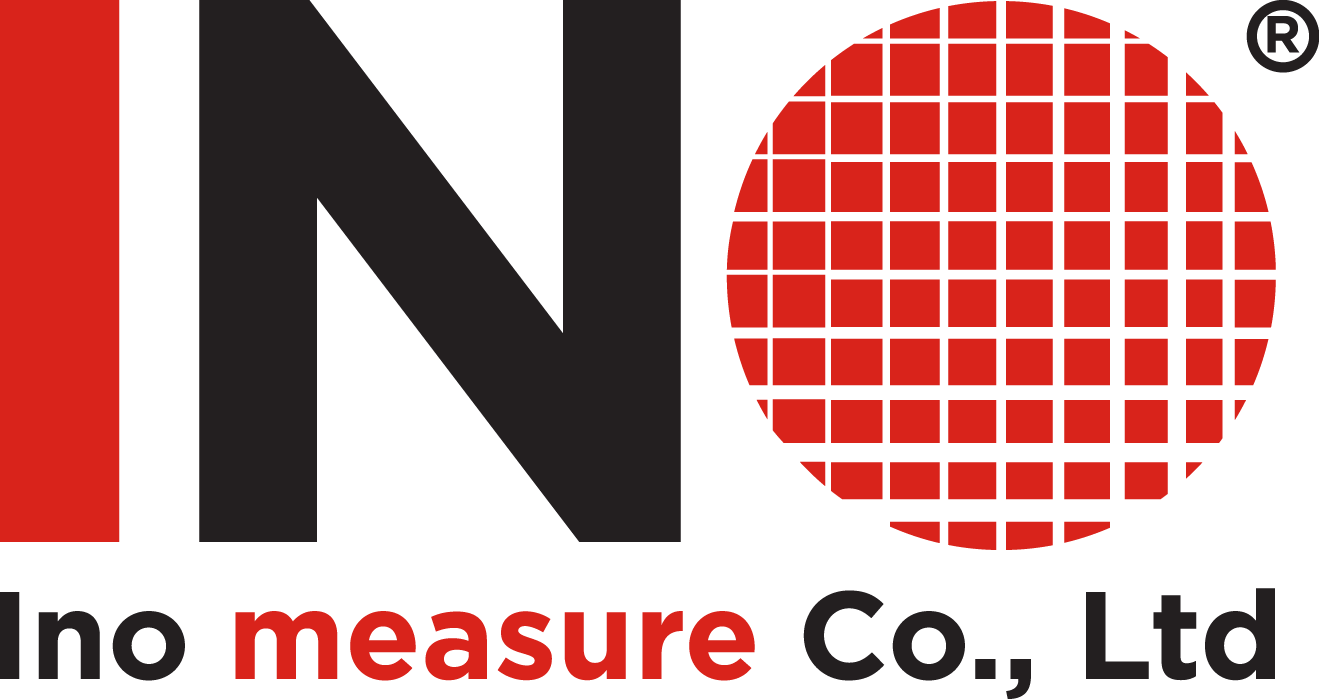



 ball bearing / roller / axial / deep groove
ball bearing / roller / axial / deep groove